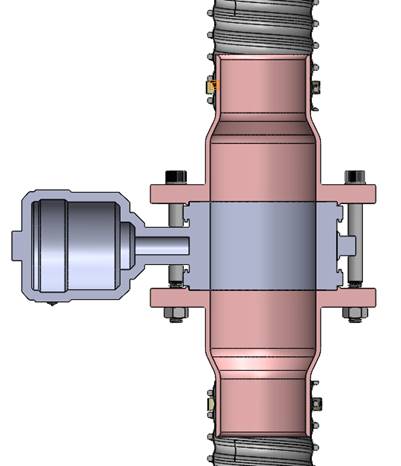Sensor calibration using the
Dosed-Reference-Method
as the reference to which it has been calibrated.”
For this reason we have developed the dosed-reference-method
as an alternative to isokinetic dust sampling.
The main basic idea of this is that a mass flow is dosed into the system
which corresponds to a required concentration at a specific flow velocity.
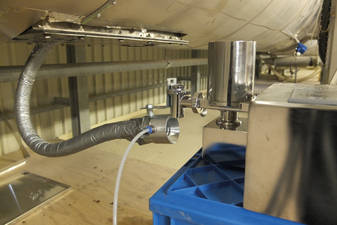
What do you want to do?
Description of the Method
As a specialist measuring equipment manufacturer, we must be able to calibrate our sensors with extreme precision.
In previous calibrations using isokinetic dust sampling, we have found that this method has certain inadequacies in terms of the accuracy of the reference. One problem of isokinetics is that it cannot be used to specify target, fixed calibration points and instead the dust concentrations which prevail at the time of the calibration and are generally very low must be used as calibration points.
These points are generally well away from the limit values or switching points which must be calibrated.
Furthermore, isokinetics requires a long measuring time
for such low dust concentrations to provide any useful results at all.
Furthermore, external climatic conditions (temperature and humidity) have a major influence on the measurement result.
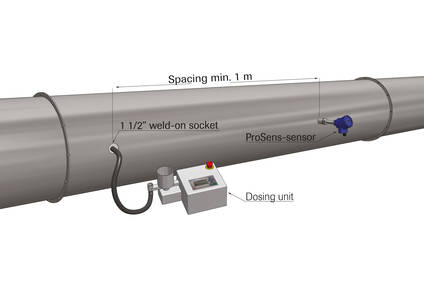
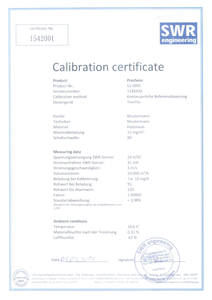
We will issue you a calibration certificate after a successful implementation of the dosed-reference-method.
Application Examples
For many industrial processes, companies have an obligation to measure
their flue air on the pure gas side to ensure it complies with defined dust limit values.
Our sensor calibration method enables you to calibrate your sensors accurately and thus conduct highly accurate emissions measurements.
Calibration of a defined shut-down point
Many systems have components such as valves whose explosion protection licence is only valid up to a certain concentration.
To ensure explosion protection, and the system must be shut down before this limit concentration is exceeded.
This shut-down point can be set accurately using the method described above.
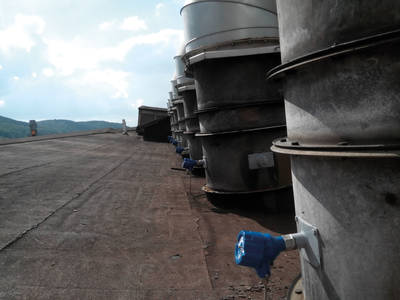
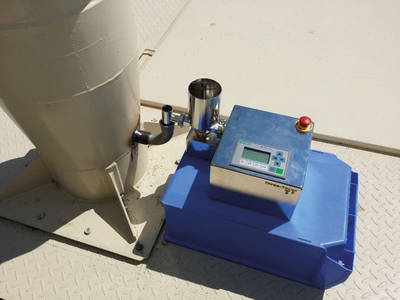
Global Technology Systems
P.O. Box 799 Shalimar, FL 32579. USA
(850) 651-3388
Info@onthelevel.com

